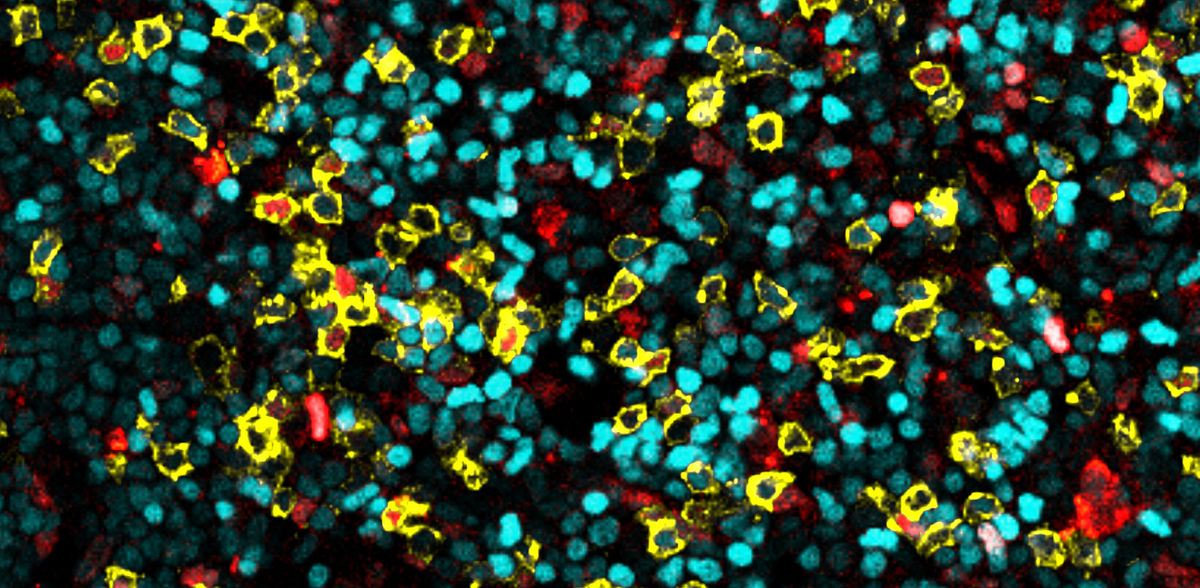Resident T cells detected in lymph nodes
Advertisement
Unlike previously known, certain T cells remain in lymph nodes for a longer period of time and store information about immune reactions there. Researchers at the University of Würzburg and the University Hospital Aachen have now discovered this.
The immune system is fast when it comes to fighting viruses, bacteria and other pathogens. But it also has to know when not to attack - for example, harmless substances such as pollen or house dust, which otherwise trigger allergic reactions. A key role is played by regulatory T cells (Tregs) in the lymph nodes, which suppress excessive or misdirected immune responses there.
Researchers at Julius Maximilians University (JMU) and RWTH Aachen University Hospital have now observed a previously unknown behavior of these cells. "Until now, it was assumed that Tregs circulate between lymph nodes throughout the body to coordinate immune responses," Dr. Milas Ugur, head of the study at the Institute for Systems Immunology at JMU. "However, we were able to show that there are also resident Tregs that remain in specific lymph nodes for extended periods of time. Some even nest there for several months!"
Tregs store information about past immune responses
This observation was made possible by a technique called "photoconversion." It allows cells to be marked by light - with a powerful flashlight, as it were - and their changes in position to be observed over longer periods of time. "The result is that each lymph node contains a unique set of resident Tregs that map past immune responses," said Prof. Wolfgang Kastenmüller, chair of Systems Immunology I at JMU. "There, they function as the local memory banks of the immune system."
Tregs play an important role in allergies and autoimmune diseases. "We now know that these cells can remain locally in lymph nodes for months," says Prof. Oliver Pabst, study leader and director of the Institute of Molecular Medicine at RWTH Aachen University Hospital. "The exciting question is whether this newly discovered property of the cells can also be used therapeutically - for example, in allergies."
But why do some regulatory T cells remain in lymph nodes, while others circulate between them? And what does the duration of their stay depend on? The Würzburg and Aachen teams want to get to the bottom of these questions.
The current study was financially supported by the German Research Foundation.
Note: This article has been translated using a computer system without human intervention. LUMITOS offers these automatic translations to present a wider range of current news. Since this article has been translated with automatic translation, it is possible that it contains errors in vocabulary, syntax or grammar. The original article in German can be found here.




























































